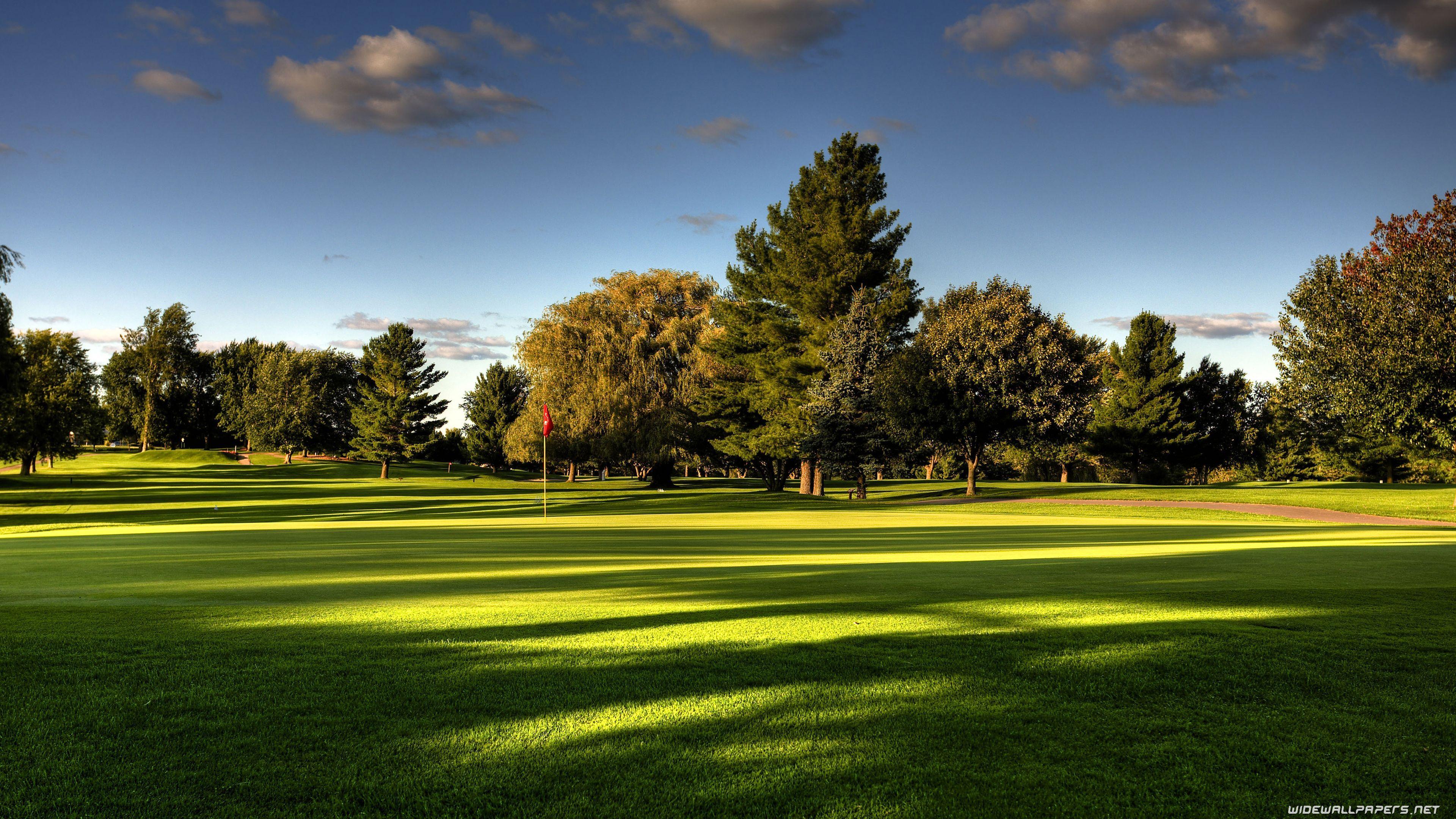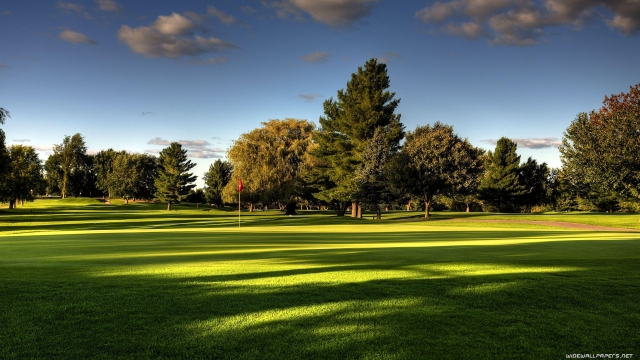
Golf is a sport that has captured the hearts of players and fans alike for centuries. Its rich history and evolution are woven into the fabric of culture, making golf more than just a game; it is a tradition that bridges generations. From the rolling hills of Scotland to the immaculate greens of modern courses around the world, golf has transformed in numerous ways while still holding onto the essence of what makes it so special.
As we explore the journey of golf, we will uncover how this beloved pastime has evolved in terms of equipment, rules, and playing styles. Each era has contributed to the game we know today, and understanding this evolution not only deepens our appreciation for golf but also brings to light the stories of those who played it. Join us on this journey as we swing through time, tracing the remarkable developments that have shaped the sport into the global phenomenon it is today.
Golf drills to correct slicing
The Origins of Golf
The game of golf has roots that trace back several centuries, with evidence suggesting that similar games were played in ancient cultures. Some historians argue that a game resembling golf was played in ancient Rome, where players used sticks to hit a stuffed leather ball towards a target. However, the most widely accepted origins are found in 15th century Scotland, where the modern version of the game began to take shape. It is here that the first recorded rules of golf were established, setting the foundation for its formal play.
The early Scottish version of golf was played on links land, characterized by its sandy soil and coastal location. This type of terrain was ideal for the sport, as it allowed for a natural course marked by dunes and rough terrain. Players would navigate these challenges using wooden clubs and feathery balls, demonstrating a unique blend of skill and strategy. The game gained popularity among the Scottish nobility, and by the late 1400s, it was common enough to catch the attention of the monarchy.
As golf continued to evolve in Scotland, it began to spread across Europe and eventually to the rest of the world. The establishment of the Honourable Company of Edinburgh Golfers in 1744 marked a significant milestone in the formal organization of the sport. This led to the creation of standardized rules and the first official golf course, which laid the groundwork for golf as we know it today. The passion for golf would eventually transcend borders, establishing a global following that endures to this day.
The Development of Golf Equipment
The evolution of golf equipment has played a crucial role in the game’s transformation over the centuries. Early golfers used rudimentary wooden clubs, often made by hand, which varied greatly in design and shape. These clubs lacked the precision and science that modern equipment possesses. Instead of the finely tuned drivers and putters available today, players relied on a set of basic tools that required skill and creativity to master.
As the sport grew in popularity during the 19th century, advancements in manufacturing technology led to significant innovations in golf clubs and balls. The shift from wooden-headed clubs to those with metal faces allowed for greater consistency and distance. Golf balls also saw major improvements, evolving from the feather-filled leather balls to the gutta-percha balls, which offered better aerodynamics and durability. These changes not only enhanced performance but also made the game more accessible to a broader audience.
In recent decades, the integration of advanced materials such as graphite and titanium has revolutionized golf equipment. Modern clubs are designed with precision engineering, providing players with enhanced control, distance, and forgiveness on mis-hits. Similarly, golf balls are meticulously engineered to optimize their flight and spin characteristics. The explosion of technology in golf has transformed the playing experience, allowing athletes of all skill levels to improve their game and enjoy the sport like never before.
Major Tournaments and Milestones
The landscape of professional golf has been shaped by several prestigious tournaments that not only elevate the sport but also create memorable moments in history. The Open Championship, established in 1860, is the oldest of the major tournaments and has become synonymous with the game’s rich tradition. It has hosted legendary golfers who have left their marks on the hallowed links of St Andrews, showcasing the sport’s connection to its roots. Each year, it attracts the best talent from around the world, further solidifying its status as a hallmark of excellence in golf.
The Masters Tournament, held annually at Augusta National Golf Club since 1934, is another cornerstone in the golfing calendar. Known for its beautiful azaleas and iconic green jacket, the Masters has witnessed some of the most remarkable performances in golf history. From Jack Nicklaus’s record six victories to Tiger Woods’s emotional 2019 win, the tournament celebrates not only the athletic prowess of the golfers but also the deep emotional ties that fans have to the game. Its traditional format and exclusive invite process keep it a cherished event for players and spectators alike.
The US Open and the PGA Championship round out the list of golf’s major tournaments, each with its unique venue and challenges. The US Open is famed for its difficult courses and has often tested the mettle of the toughest competitors, with famous moments like Payne Stewart’s emotional victory in 1999. Meanwhile, the PGA Championship, which began in 1916, continues to evolve and attract top talent, with its push towards a more inclusive and accessible tournament format. Together, these events mark significant milestones in the golfing world, celebrating the sport’s evolution while highlighting the artistry and skill involved in swinging for success.
The Future of Golf
As golf continues to evolve, technology will play a significant role in shaping the future of the game. Advanced analytics and data tracking systems are becoming more prevalent, allowing players to analyze their swings and course strategies in unprecedented detail. Equipment manufacturers are also pushing the boundaries of innovation, creating clubs and balls designed for maximum performance. This technological integration not only enhances the playing experience but also appeals to a new generation of tech-savvy golfers.
Moreover, the growing emphasis on inclusivity and environmental sustainability will influence the future landscape of golf. More courses are adopting eco-friendly practices, focusing on water conservation and habitat preservation. Additionally, initiatives to make the sport more accessible to diverse populations are gaining momentum. Programs aimed at introducing golf to underrepresented communities will likely reshape the demographic of players, ensuring that the sport remains vibrant and relevant.
Looking ahead, the fusion of tradition and modernization will define golf’s trajectory. While the game cherishes its storied history and etiquette, it must also adapt to contemporary lifestyles and preferences. Innovations such as virtual reality golfing experiences and urban golf facilities are on the rise, making the sport more approachable for busy individuals. As golf embraces change while honoring its roots, the future promises to be an exciting time for both players and fans alike.
















